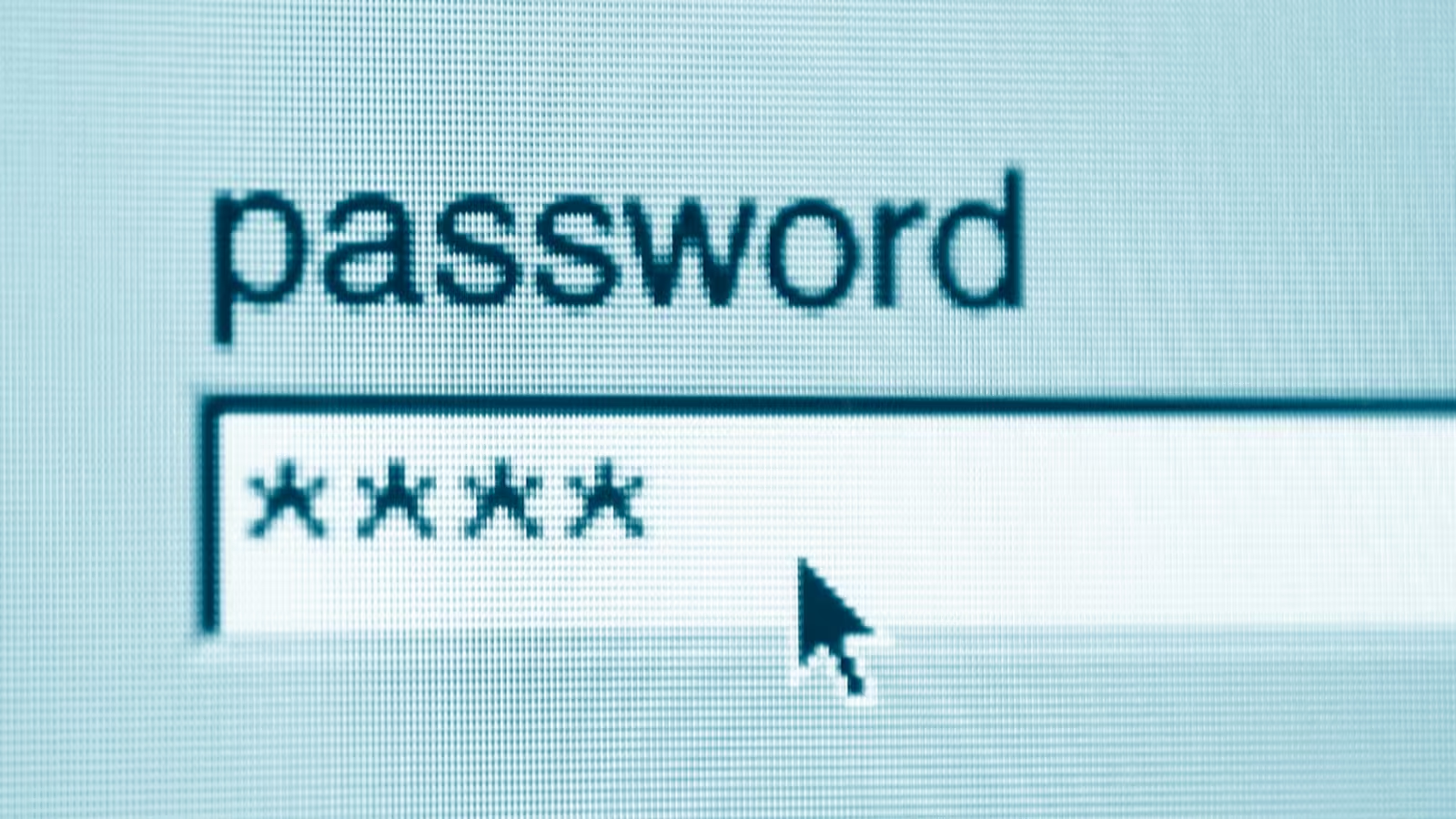7 Minutes
The Era of Passwords: Why They're Failing Modern Digital Security
For decades, passwords have stood as the cornerstone of online and computer security. Even in an age defined by advanced authentication options—ranging from biometrics to new protocols like passkeys—the majority of users still secure their accounts with combinations of letters, numbers, and symbols. But the reality is, passwords are relics of a digital era long past, and relying on them has become a growing liability.
Recent headlines have highlighted just how dangerous traditional password-based security has become. In an unprecedented incident reported by Cybernews, security researchers uncovered massive databases containing a staggering 16 billion leaked passwords circulating on the internet—revealing systemic weaknesses in how we protect digital identities.
16 Billion Passwords Exposed: The Scope of the 2024 Data Breach
Cybernews made waves with the discovery of more than 30 exposed datasets online, each housing anywhere from tens of millions to billions of digital credentials. Unlike past leaks, these passwords represent newly compromised data, not repeats from earlier breaches—apart from some 180 million entries linked to an earlier exposure in May. The stream of fresh stolen credentials shows no signs of ceasing, with researchers describing a near-constant emergence of "massive" new troves every few weeks.
The research points directly at advanced infostealer malware—programs engineered to infiltrate devices and extract sensitive data, such as login credentials and session details. These solutions systematically siphoned usernames and passwords related to high-value platforms including Apple, Google, GitHub, Facebook, Telegram, and various government services. Importantly, this doesn’t indicate that the companies themselves were breached. Instead, malware infected individual user devices, scraping and exfiltrating login details, session cookies, and even two-factor authentication tokens—often without victims even realizing their exposure.
Understanding the Risks: How Threat Actors Exploit Leaked Credentials
So what exactly can cybercriminals accomplish with such an enormous cache of login data? The threat landscape is growing more sophisticated daily, and the consequences of password leaks extend far beyond simple account takeovers.
- Direct Account Access: If attackers find your credentials in a leaks database and you haven’t changed your password recently, your account is at immediate risk.
- Bypassing Two-Factor Authentication: Access to session tokens and cookies means perpetrators can sometimes defeat 2FA, especially for platforms that don’t invalidate sessions after password resets.
- Phishing Enhancements: Equipped with legitimate usernames and passwords, hackers can orchestrate realistic phishing attacks—tricking users into sharing 2FA codes or falling for social engineering.
- Session Hijacking: Some stolen credential sets include cookies and tokens, letting adversaries mimic user sessions without needing live passwords at all.
While the total number of unique accounts affected remains unclear due to overlapping records, the sheer scale—multiple times larger than most previous breaches—underscores the urgency of moving away from passwords as primary protection.
Why Passwords No Longer Meet Modern Security Needs
When passwords first became standard practice, cyberthreats were far less advanced. For years, security professionals emphasized using complex, unique passwords, alongside password managers and multi-factor authentication, in hopes of mitigating risk. But with threat actors deploying malware capable of directly extracting credentials from user devices, the shield that passwords once represented now appears alarmingly thin.
The essential problem: anything that can be stolen, cracked, or phished, can—and eventually will—be compromised. As we move into 2025, clinging to traditional passwords as a sole line of defense is like locking your front door while leaving the windows wide open.
Passkeys: Ushering in a New Standard for Digital Authentication
What Are Passkeys?
Passkeys represent the new wave of secure, seamless authentication, designed to render passwords obsolete. Unlike conventional credentials, passkeys are cryptographic keys tied exclusively to individual devices—typically your smartphone, tablet, or laptop. To gain access, users verify themselves locally through biometric scans (such as facial recognition or fingerprints) or a secure PIN. Importantly, passkeys are never transmitted or stored in ways that thieves and malware can harvest remotely.
Why Passkeys Outperform Passwords and 2FA
- Phishing-Proof Authentication: Since passkeys are device-bound and require local verification, hackers can’t simply steal them through malicious websites or social engineering.
- No Reuse Vulnerability: Unlike passwords, passkeys can’t be reused across multiple accounts, minimizing the blast radius if one service is compromised.
- Seamless User Experience: Users enjoy instant logins, much like autofill with password managers, without the hassle of remembering or entering complex combinations.
- Device-Centric Protection: Access is tied to physical devices in your possession, acting as a built-in layer of two-factor authentication along with your biometric information.
Major tech companies including Apple, Google, Microsoft, Facebook, and X (formerly Twitter) are leading the way in implementing passkey support, accelerating the shift toward a passwordless future.
Comparing Security: Passwords vs Passkeys
| Security Feature | Passwords | Passkeys |
|---|---|---|
| Vulnerability to theft | High (easily phished, cracked, or stolen via malware) | Low (cannot be extracted remotely or by phishing) |
| User convenience | Low–Medium (must remember/create unique ones) | High (device/biometric-enabled, no memory required) |
| 2FA integration | Often required for added security | Intrinsic, as device acts as second factor |
| Adoption rate | Universal | Growing (supported by top tech companies) |
Maximizing Your Digital Security: Steps to Take Now
1. Enable Passkeys Wherever Possible
Start by checking which of your accounts support passkeys, and enable them right away. Tech giants like Apple, Google, Microsoft, Facebook, and more have rolled out passkey options over the past year, and momentum is building rapidly. By relying on cryptographic device-based authentication, you insulate yourself from the vulnerabilities of password reuse and data breaches.
2. Use Strong, Unique Passwords for Remaining Accounts
Where passkeys aren’t yet supported, your best defense is maintaining ultra-strong, unique passwords—never shared across multiple services or reused. Consider updating old passwords, especially in light of the recent wave of newly compromised credentials.
3. Invest in a Password Manager
Remembering dozens of complex passwords is impossible without help. Password managers not only store and auto-fill your passwords securely, but many also generate strong new ones, monitor security breaches, and even offer built-in authenticator tools. Top providers recommended by industry leaders (such as PCMag’s 2025 list) employ cutting-edge encryption to protect your data.
4. Enable Two-Factor Authentication Everywhere
While not as robust as passkeys, two-factor authentication dramatically ramps up your defenses. Ensure all services you use have this feature enabled—ideally using app-based authenticators or secure hardware keys rather than SMS for the highest level of protection.
5. Stay Informed and Responsive to Updates
With rapidly evolving authentication trends, keep an eye on your account settings for new passkey or biometric options. Companies are increasingly deploying passwordless technology to enhance user security—and those who adopt early are the least likely to become victims in future breaches.
Use Cases: Where a Passwordless Future Makes the Biggest Impact
Enterprise Security
Businesses are prime targets for credential-based attacks, from corporate espionage to ransomware. Implementing passkeys across organizational accounts significantly reduces the risk of breaches and streamlines user management.
Consumer Protection
As consumers handle more sensitive data online—banking, health records, personal communications—the shift to device-based authentication reduces fraud, identity theft, and account takeovers.
Regulated Industries
Sectors with stringent compliance requirements, such as finance and healthcare, benefit from passwordless systems that meet or exceed modern data protection standards.
Market Relevance: The Future of Digital Identity Management
The mass leak of 16 billion passwords is a wakeup call to both individuals and organizations: traditional security just isn’t enough. As cybercriminal tactics grow more advanced, technology leaders are racing to implement solutions that eliminate password vulnerabilities altogether.
Adopting passwordless authentication isn’t just a best practice—it’s becoming an expectation in modern cybersecurity strategies. With consumer platforms and enterprise ecosystems alike shifting rapidly toward passkeys, biometric verification, and device-based digital identities, the market is poised for transformation.
Final Thoughts: Stay Proactive and Secure in the Passwordless Era
While passwords have served us well for decades, their weaknesses are now too glaring to ignore. The seismic scale of recent data breaches underlines the need to move beyond outdated authentication models and embrace innovations that match today’s threat landscape.
Embracing passkeys, adopting robust password management strategies, and leveraging the latest authentication technology doesn’t just improve convenience—it delivers the security foundation needed for a hyper-connected, digital-first future. Stay informed, act decisively, and be ready for the next evolution in digital security.
Source: lifehacker



Comments